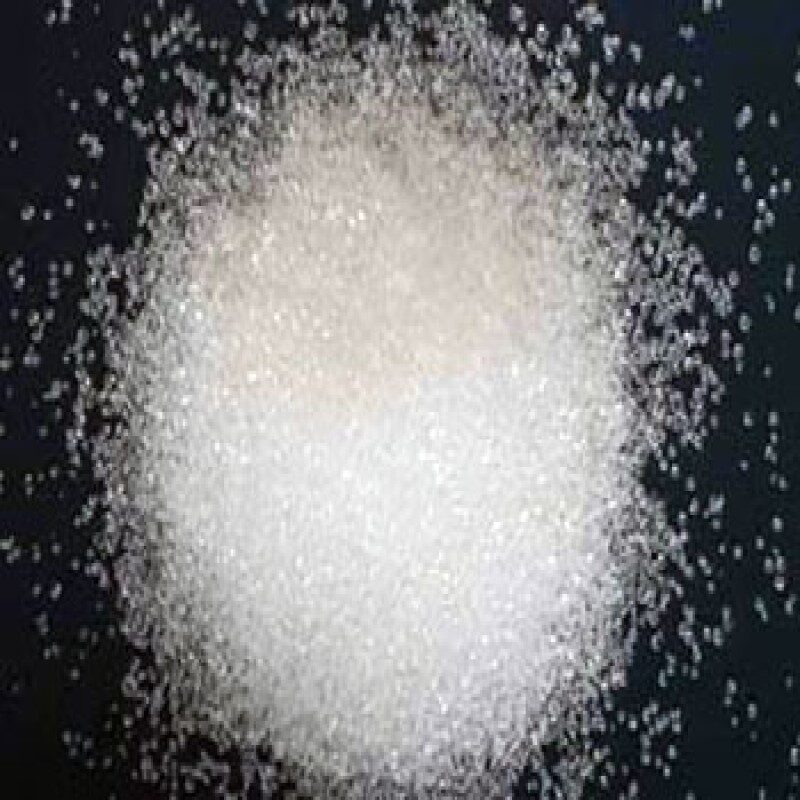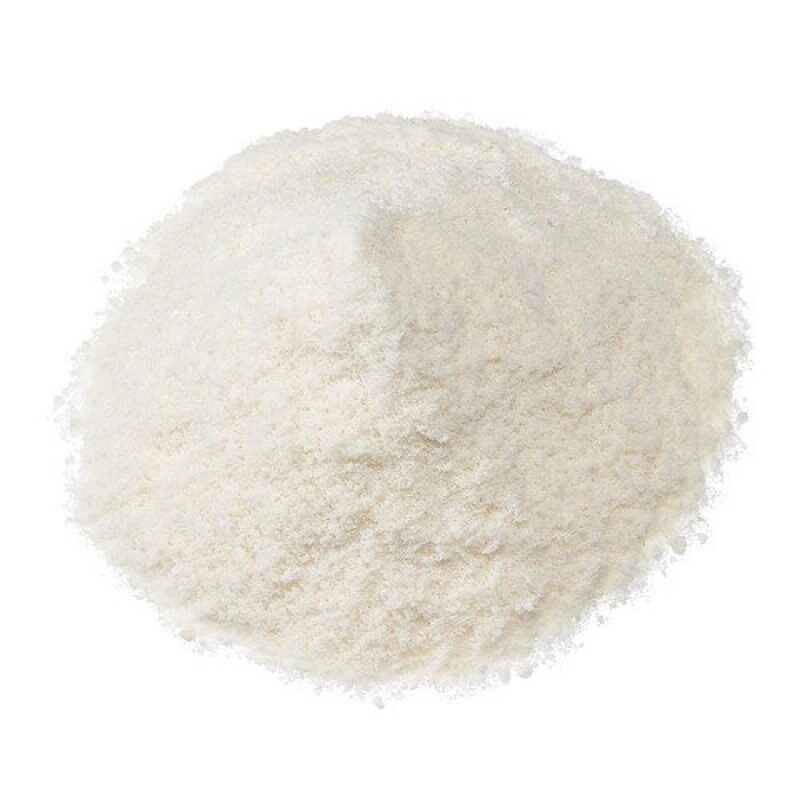Description
Remarks: The sample complies as per above Specification.
Uses: Potassium acetate is used as a diuretic and urinary alkaliser and acts by changing the physical properties of the body fluids and by functioning as an alkali after absorption.
Packing: 25 kg HDPE Bags/HDPE Drum.
For AMIZARA SPECILITY CHEMICALS LLP
MSDS
Potassium Acetate SDS GHS, MSDS Sheet, Material Safety Data Sheet
1. Product Identification
| Synonyms: |
Acetic acid, potassium salt |
| CAS No.: |
127-08-2 |
| EINECS EC Number: |
204-822-2 |
| Molecular Weight: |
98.15 |
| Chemical Formula: |
KC2H3O2 |
| Recommended usage: |
Industrial Manufacturing. |
2. Hazards Identification
GHS, Globally Harmonized System Classification in accordance with 29 CFR 1910 Hazard Class and Category Code(s), Regulation (EC) No 1272/2008 (CLP)
Not a hazardous substance or mixture according to Regulation (EC) No. 1272/2008.
This substance is not classified as dangerous according to Directive 67/548/EEC.
Labeling as per GHS & Regulation EC 1272/2008 (CLP) & GHS
GHS Label Elements
NONE
| Signal Word |
None |
| Hazards not otherwise classified (HNOC) |
May causes mild skin irritation
May causes mild eye irritation. |
Precautionary statements:
| P261 |
Avoid breathing dust/fume/gas/mist/vapors/spray |
| P262 |
Do not get in eyes, on skin, or on clothing |
| P281 |
Use personal protective equipment as required |
| P302+P352 – IF ON SKIN |
Wash with plenty of soap and water |
| P303+P361+P353 – IF ON SKIN (or hair) |
Remove/Take off immediately all contaminated clothing. Rinse skin with water/shower |
| P304 + P340 – IF INHALED |
Remove victim to fresh air and keep at rest in a position comfortable for breathing |
| P305 + P351 + P338 – IF IN EYES |
Rinse cautiously with water for several minutes
Remove contact lenses, if present and easy to do. Continue rinsing |
| P337+313 |
If eye irritation persists get medical advice/attention. |
3. Composition/Information on Ingredients
| Ingredient |
Potassium Acetate; CAS No.: 127-08-2 |
| EINECS EC Number |
204-822-2 |
| Percent |
99 – 100% |
4. First Aid Measures
| Inhalation |
Remove to fresh air. Get medical attention for any breathing difficulty. |
| Ingestion |
Do not induce vomiting. Loosen tight clothing. If the victim is not breathing, perform mouth-to-mouth resuscitation. Seek immediate medical attention. |
| Skin Contact |
Wash exposed area with soap and water. Get medical advice if irritation develops. |
| Eye Contact |
Check for and remove any contact lenses. Immediately flush eyes with running water for at least 15 minutes, keeping eyelids open.
Cold water may be used. Do not use an eye ointment. Seek medical attention |
5. Fire Fighting Measures
| Fire |
Potassium Acetate is not considered to be a fire hazard. |
| Fire Extinguishing Media |
Use water spray, alcohol-resistant foam, dry chemical or carbon dioxide. Use any means suitable for extinguishing surrounding fire. |
| Special Information |
In the event of a fire, wear full protective clothing and NIOSH-approved self-contained breathing apparatus with full face piece operated in the pressure demand or other positive pressure mode. |
6. Accidental Release Measures
| Small Spill |
Use appropriate tools to put the spilled solid in a convenient waste disposal container. If necessary: Neutralize the residue with a dilute solution of acetic acid. Finish cleaning by spreading water on the contaminated surface and dispose of according to local and regional authority requirements. |
| Large Spill |
Use a shovel to put the material into a convenient waste disposal container. Neutralize the residue with a dilute solution of acetic acid. Finish cleaning by spreading water on the contaminated surface and allow to drain |
7. Handling and Storage
| Engineering Controls |
Use process enclosures, local exhaust ventilation, or other engineering controls to keep airborne levels below recommended exposure limits. If user operations generate dust, fume or mist, use ventilation to keep exposure to airborne contaminants below the exposure limit. |
| Personal Protection |
Splash goggles. Lab coat. Dust respirator. Be sure to use an approved/certified respirator or equivalent. Gloves. |
| Personal Protection in Case of a Large Spill |
Splash goggles. Full suit. Dust respirator.
Boots. Gloves. A self contained breathing apparatus should be used to avoid inhalation of the product. |
8. Exposure Controls/Personal Protection
| Airborne Exposure Limits |
None established. |
| Ventilation System |
In general, dilution ventilation is a satisfactory health hazard control for this substance. However, if conditions of use create discomfort to the worker, a local exhaust system should be considered. |
| Personal Respirators (NIOSH Approved) |
For conditions of use where exposure to dust or mist is apparent and engineering controls are not feasible, a particulate respirator (NIOSH type N95 or better filters) may be worn. If oil particles (e.g. lubricants, cutting fluids, glycerin, etc.) are present, use a NIOSH type R or P filter. For emergencies or instances where the exposure levels are not known, use a full-face positive-pressure, air-supplied respirator. |
| WARNING |
Air-purifying respirators do not protect workers in oxygen-deficient atmospheres. |
| Skin Protection |
Wear protective gloves and clean body-covering clothing. |
| Eye Protection |
Use chemical safety goggles. Maintain eye wash fountain and quick- drench facilities in work area. |
9. Physical and Chemical Properties
| Appearance |
Potassium Acetate is white, deliquescent, crystalline powder. |
| Odor |
Odorless. |
| Solubility |
200 g/100 g water. |
| Specific Gravity |
1.57 @ 25C</t |
| pH |
9.7 Conc: 0.1M (solution)
% Volatile by volume @ 21C (70F):
0 |
| Melting Point: |
292C (558F) |
10. Stability and Reactivity
| Stability |
Potassium Acetate is stable under ordinary conditions of use and storage. |
| Hazardous Decomposition Products |
May produce oxides of carbon and the contained metal. |
| Hazardous Polymerization |
Will not occur. |
| Incompatibilities |
Strong oxidizing agents. |
| Conditions to Avoid |
Moisture, heat, flames, ignition sources and incompatibles. |
11. Toxicological Information
| Oral rat LD50 |
3250 mg/kg |
| Carcinogenic Effects |
Not a reported carcinogen by IARC, NTP, ACGIH, OSHA. |
12. Ecological Information
| Toxicity to fish |
LC50 – Danio rerio (zebra fish) – > 992 mg/l – 96 h |
| Toxicity to daphnia and other aquatic invertebrates |
EC50 – Daphnia – > 919 mg/l – 48h |
| Toxicity to algae |
EC50 – Skeletonema costatum – > 1.000 mg/l – 72 h |
| Environmental Fate |
Readily biodegradable. |
| Bioaccumulative potential |
Does not accumulate in organisms. |
13. Disposal Considerations
Whatever cannot be saved for recovery or recycling should be managed in an appropriate and approved waste disposal facility. Processing, use or contamination of this product may change the waste management options. State and local disposal regulations may differ from federal disposal regulations. Dispose of container and unused Potassium Acetate in accordance with federal, state and local requirements.
14. Transport Information
| DOT (USA) & ADR/RID |
Not dangerous goods |
| IMDG |
Not dangerous goods |
| IATA |
Not dangerous goods |
15. Regulatory Information
United States Regulatory Information:
| SARA 302 Extremely hazardous substance: None present or none present in regulated quantities. |
| SARA 304 Emergency release notification: None present or none present in regulated quantities. SARA 311/312 |
| SARA 313 (TRI reporting): None present or none present in regulated quantities. |
Canada Regulatory Information:
| WHIMS Classification: Not regulated. |
| DSL: No, NDSL: No |
| EINECS EC Number: 204-822-2 |
16. Other Information
DISCLAIMER: The information and recommendations set forth herein (hereinafter “Information”) are presented in good faith and believed correct as of the date hereof. It is compiled from various sources and it is not necessarily all inclusive nor fully adequate in every circumstance. In addition, these suggestions should not be confused with nor followed in violation of applicable laws, regulations, rules or insurance requirements applicable. This MSDS sheet is intended only as a guide to the appropriate precautionary handling of the material by a properly trained person using this product. Individuals receiving the information must exercise their independent judgment in determining its appropriateness for a particular purpose.




